Netflix has once again expanded the Witcher universe with the release of The Witcher: Sea of Sirens, a second animated spin-off that dives into the world of Geralt of Rivia and his companions. This time, the story takes place in a coastal kingdom where humans and merfolk clash, creating a backdrop for drama, action, and moral dilemmas.
While the film offers visually stunning underwater sequences and dynamic combat scenes, its narrative struggles to deliver the depth expected from the source material.
What is The Witcher: Sea of Sirens About?
 Image: netflix.com
Image: netflix.com
The Witcher: Sea of Sirens adapts Andrzej Sapkowski's short story "A Little Sacrifice" from the second book of the saga. Set between episodes 5 and 6 of the first season of Netflix’s live-action series, the film follows Geralt and Jaskier as they arrive at the seaside duchy of Bremervoord.
Their mission: hunt down a sea monster terrorizing pearl divers. Along the way, they encounter Eithne Daven, a poetess, and become embroiled in the tragic love story of Prince Agloval and the mermaid Sh’eenaz.
This adaptation stays true to some elements of the original tale but diverges significantly in others. For instance, Agloval is reimagined as a young prince rather than a stingy duke, and his bond with Sh’eenaz is portrayed more romantically. Additionally, we learn about Lambert's backstory, revealing his childhood connection to Bremervoord and his friendship with Eithne, who protected him from bullies when he was younger.
Art Style and Animation
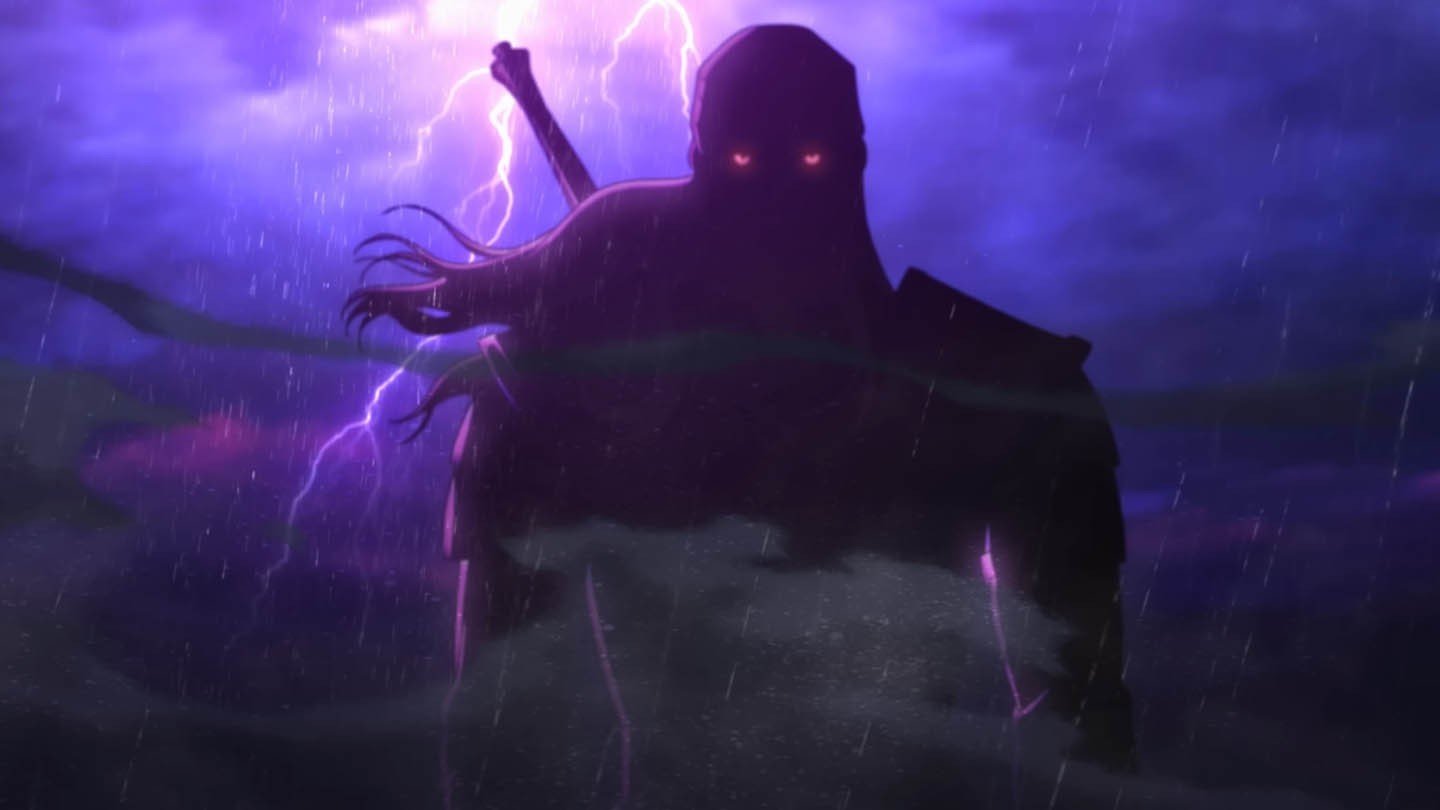 Image: netflix.com
Image: netflix.com
Studio Mir, known for their work on The Witcher: Nightmare of the Wolf, brings their signature art style to Sea of Sirens. The animation shines brightest in its depiction of the underwater realm. Merfolk are given intricate designs blending traditional aquatic features with hints of dryad-like aesthetics, making them stand out from typical fantasy interpretations.
These characters also speak a unique dialect of Elder Speech, emphasizing their cultural separation from humans and adding layers to their forbidden romance with Agloval.
However, while the visuals impress, the character designs occasionally feel inconsistent compared to the live-action series. Geralt, voiced by Doug Cockle instead of Henry Cavill, retains much of his rugged charm, but other characters lack the same level of polish. Eithne, for example, fails to capture the allure described in the books or even hinted at in earlier adaptations.
Action Sequences: Visually Impressive but Flawed
 Image: netflix.com
Image: netflix.com
One of the standout aspects of Sea of Sirens is its action-packed fight scenes. Each battle involving Geralt brims with energy, featuring clashing swords, acrobatic maneuvers, and flashy signs. However, these moments often prioritize spectacle over substance.
Geralt's combat lacks strategic planning: he activates signs haphazardly, downs potions mid-fight without explanation, and executes moves that defy logic. Fans familiar with the games or books may find this portrayal disappointing, as it reduces one of the franchise's most iconic characters to a generic action hero.
Moreover, the choreography leans heavily toward superhero tropes, detracting from the grounded realism typically associated with Geralt's fighting style. Despite these flaws, the sheer intensity and blood-soaked brutality of the battles make them entertaining, if not entirely satisfying.
Storyline: A Mixed Bag
 Image: netflix.com
Image: netflix.com
Unfortunately, the narrative falters under the weight of its ambitions. Sea of Sirens attempts to weave together multiple themes: romantic tragedy, interspecies conflict, and Geralt's internal struggles but ultimately falls flat. Key plot points rely on predictable clichés, such as the inclusion of an Ursula-inspired villain reminiscent of Disney's The Little Mermaid. At times, the tone shifts awkwardly, briefly transforming the dark fantasy into a musical number that feels out of place.
Eithne's character arc proves particularly underwhelming. As a renowned bard and potential love interest for Geralt, she should have been compelling. Instead, her song performance comes across as uninspired, failing to capitalize on Joey Batey's charisma as Lambert. Meanwhile, Geralt's moral quandaries remain superficial, offering little insight into his psyche beyond surface-level reactions.
Comparison to Previous Adaptations
 Image: netflix.com
Image: netflix.com
Compared to Nightmare of the Wolf, Sea of Sirens fares worse both narratively and thematically. While the former focused on Vesemir's origin story with emotional resonance, the latter feels scattered and overly reliant on spectacle.
That said, the underwater sequences and vibrant animation elevate Sea of Sirens above pure mediocrity, providing enough visual appeal to warrant attention.
Behind-the-Scenes Insights
 Image: netflix.com
Image: netflix.com
Creating Sea of Sirens required extensive collaboration between Netflix and Studio Mir. The production team faced challenges balancing fidelity to Sapkowski's writing with the demands of modern animation.
According to interviews with key animators, designing the merfolk proved especially challenging due to their dual nature as both beautiful and menacing creatures. To achieve this duality, artists drew inspiration from various mythologies, including Greek sirens and Slavic water spirits.
Fan Reactions and Criticism
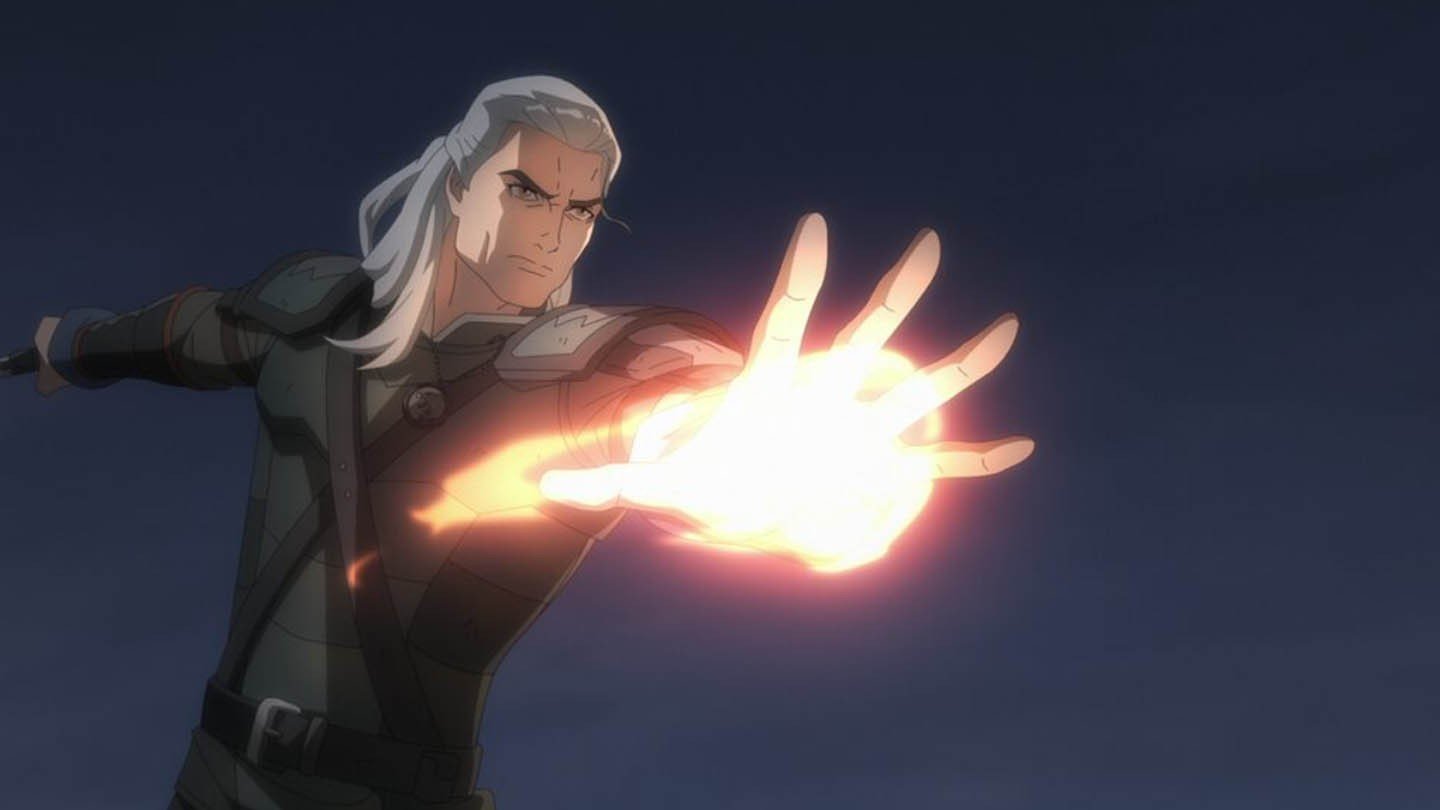 Image: netflix.com
Image: netflix.com
Reception among fans has been mixed. Some praised the film's commitment to expanding the Witcher universe through lesser-known stories, appreciating the effort to stay close to Sapkowski's vision.
Others criticized the liberties taken with established characters, particularly Geralt's erratic behavior during fights. Social media buzz highlighted particular frustrations with Eithne's portrayal, leading many to question why her role wasn't fleshed out further.
Future Prospects for Witcher Media
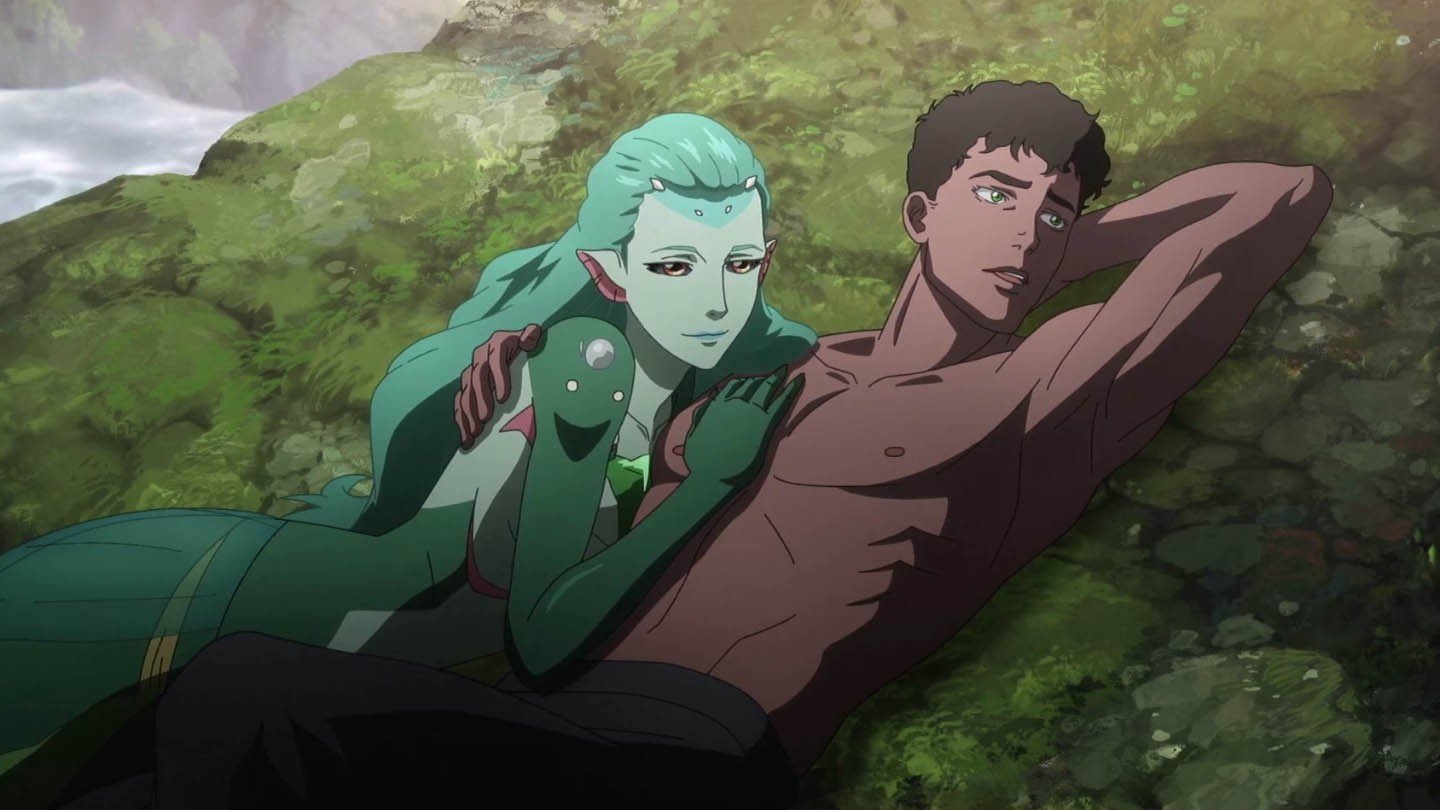 Image: netflix.com
Image: netflix.com
With Sea of Sirens now part of the canon, questions arise about future projects within the Witcher franchise. Will Netflix continue exploring side stories via animated films, or shift focus back to the main series?
Given the success of previous adaptations, it seems likely that more content is on the horizon. Fans eagerly await announcements regarding potential sequels or spin-offs centered around secondary characters like Ciri or Triss Merigold.
Broader Implications for Fantasy Franchises
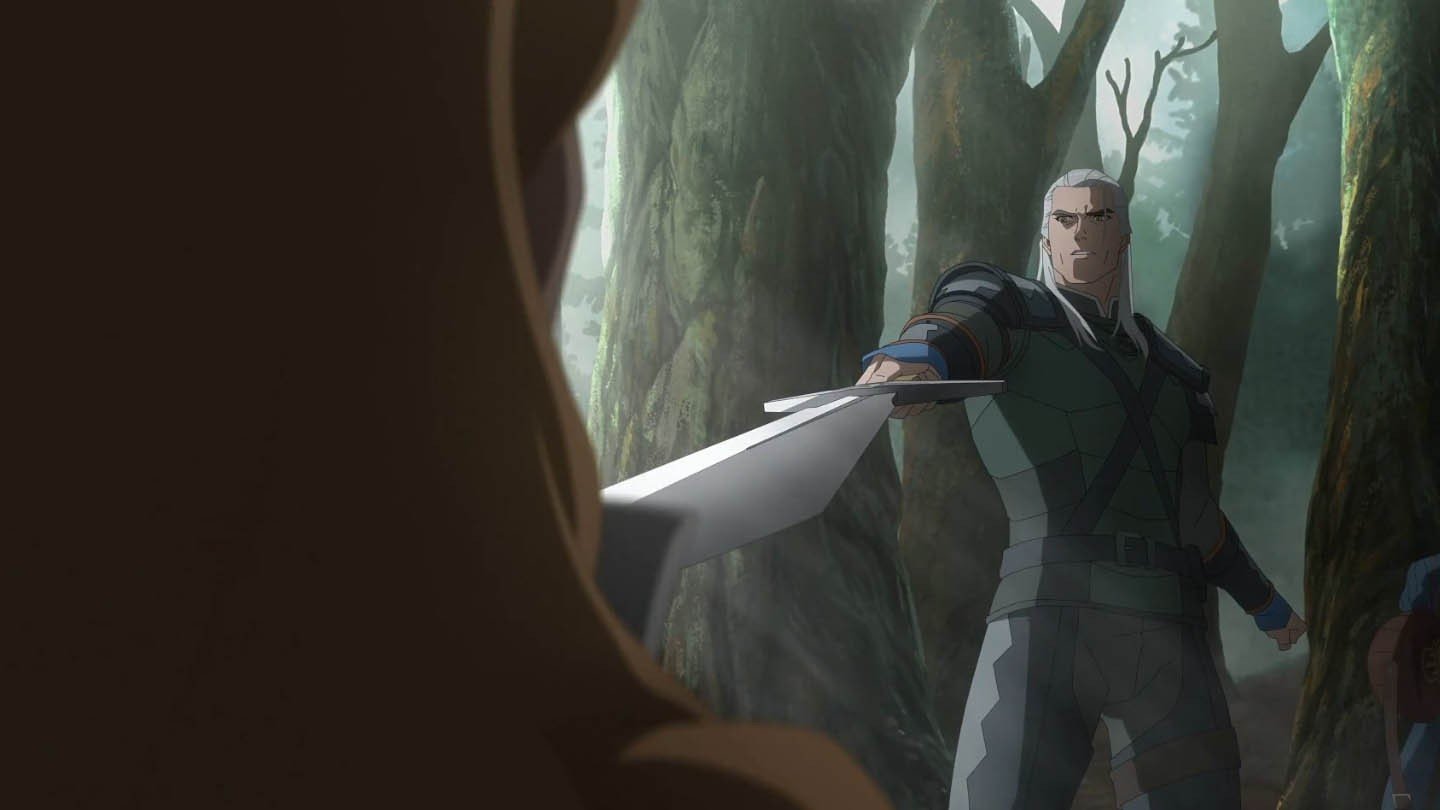 Image: netflix.com
Image: netflix.com
The Witcher: Sea of Sirens reflects broader trends in adapting literary works for screen. Balancing artistic license with respect for source material remains a delicate task, especially when dealing with beloved universes. Studios must tread carefully to avoid alienating long-time fans while attracting new audiences. In this context, Sea of Sirens stands as both a triumph and cautionary tale, showcasing what can be achieved and where pitfalls lie in bringing complex narratives to life.
By examining its successes and shortcomings, creators can refine their approaches for future projects, ensuring richer storytelling and more authentic representations of cherished worlds. Whether through animation, live-action, or interactive media, the goal remains clear: honoring the essence of the original while pushing boundaries creatively.
As the Witcher saga continues to evolve, so too does its capacity to captivate and challenge viewers. With each new installment, the franchise cements its place in popular culture, proving that even imperfect adaptations contribute meaningfully to the larger tapestry of storytelling.
Should You Watch It?
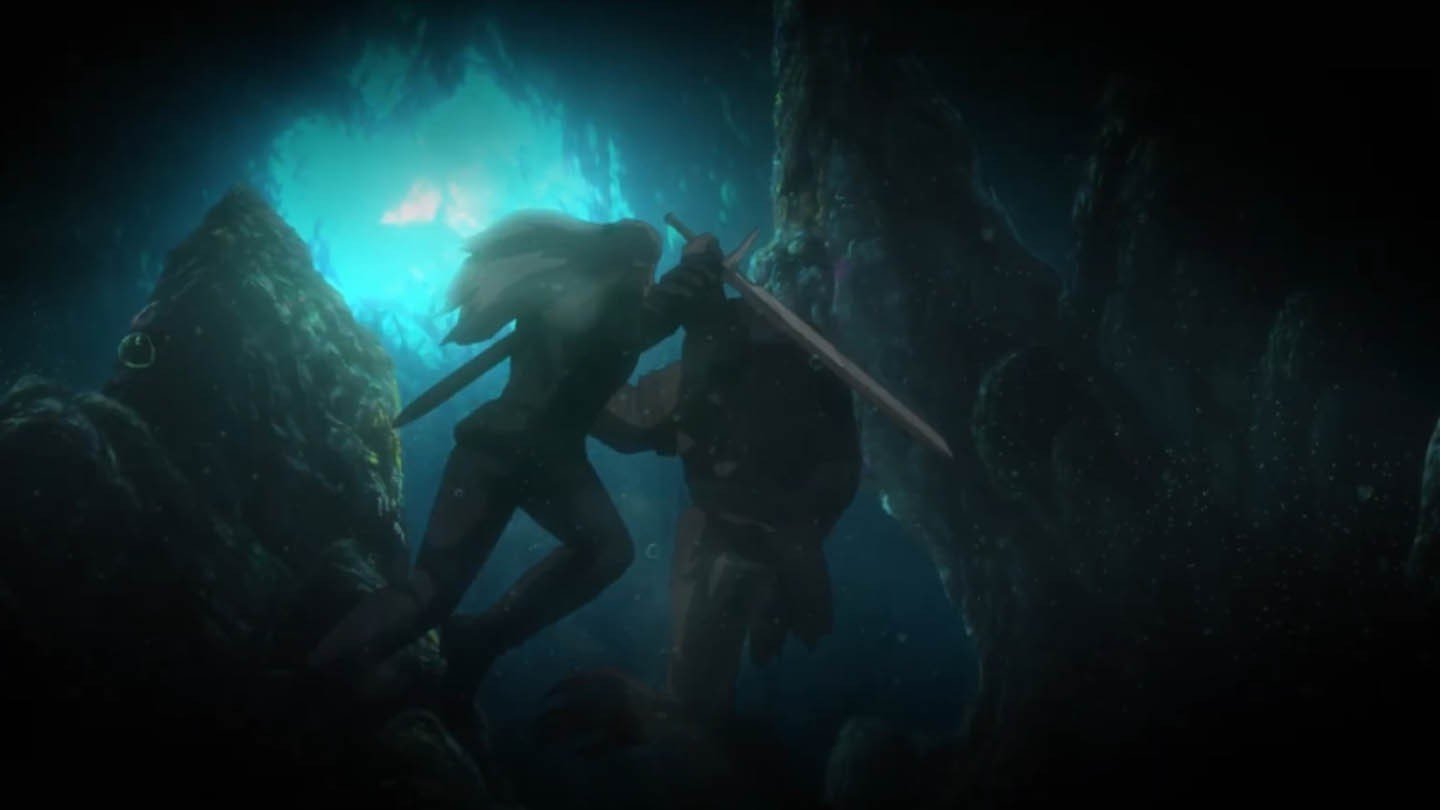 Image: netflix.com
Image: netflix.com
If you're a die-hard fan of The Witcher universe or curious about how Studio Mir interprets Sapkowski's tales, Sea of Sirens might be worth your time. Its faithful adaptation of certain elements from "A Little Sacrifice" and breathtaking underwater visuals offer glimpses of brilliance. However, those seeking a cohesive story or deeper exploration of beloved characters may leave disappointed.
Ultimately, The Witcher: Sea of Sirens serves best as a curiosity piece: a visually engaging yet narratively flawed entry in the ever-expanding Witcher lore. For casual viewers, it provides light entertainment, but hardcore fans may find themselves yearning for something more substantial.
Main image: netflix.com


 Alexander "peter bjorn" Fadin
Alexander "peter bjorn" Fadin


















0 comments